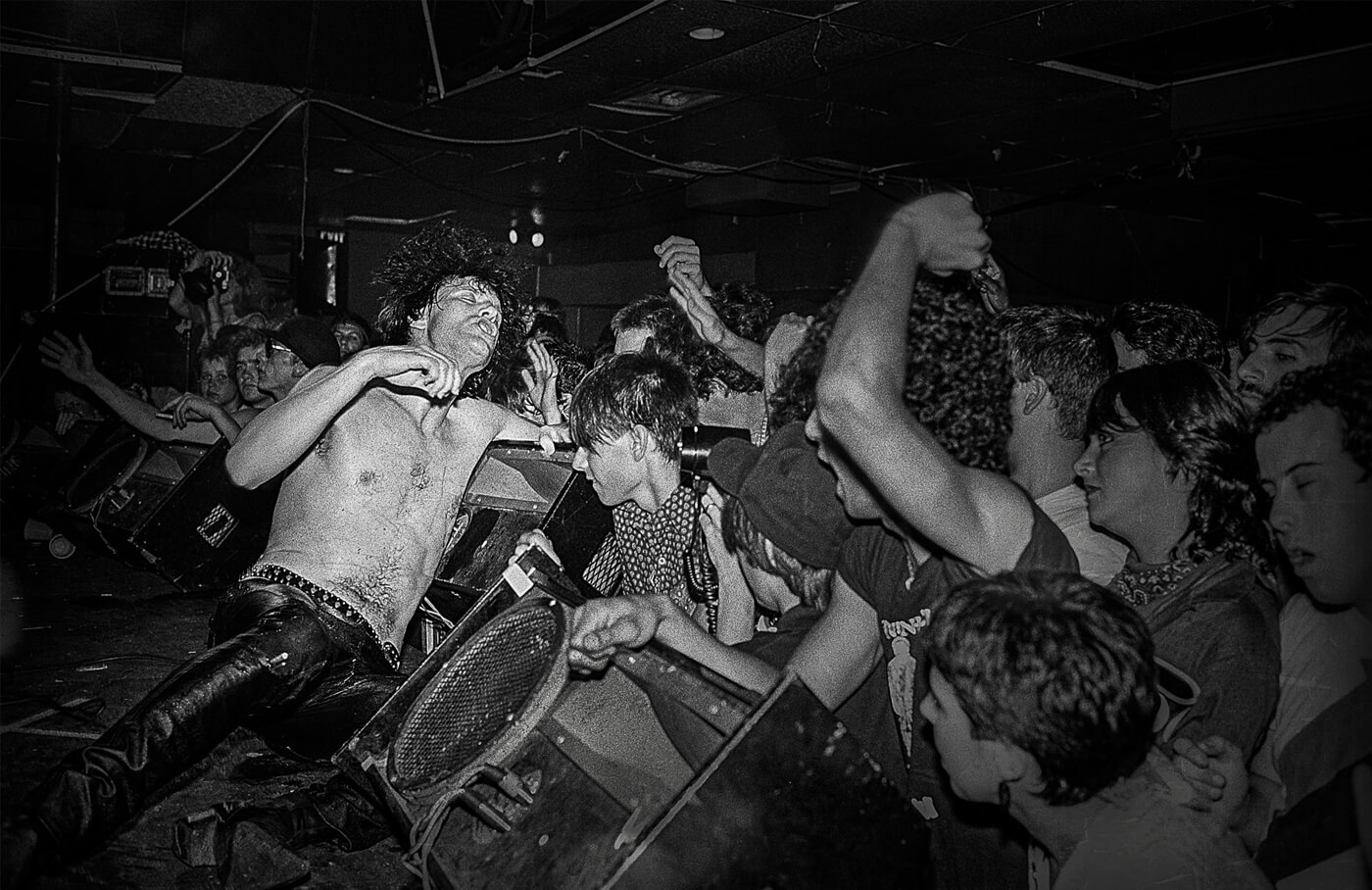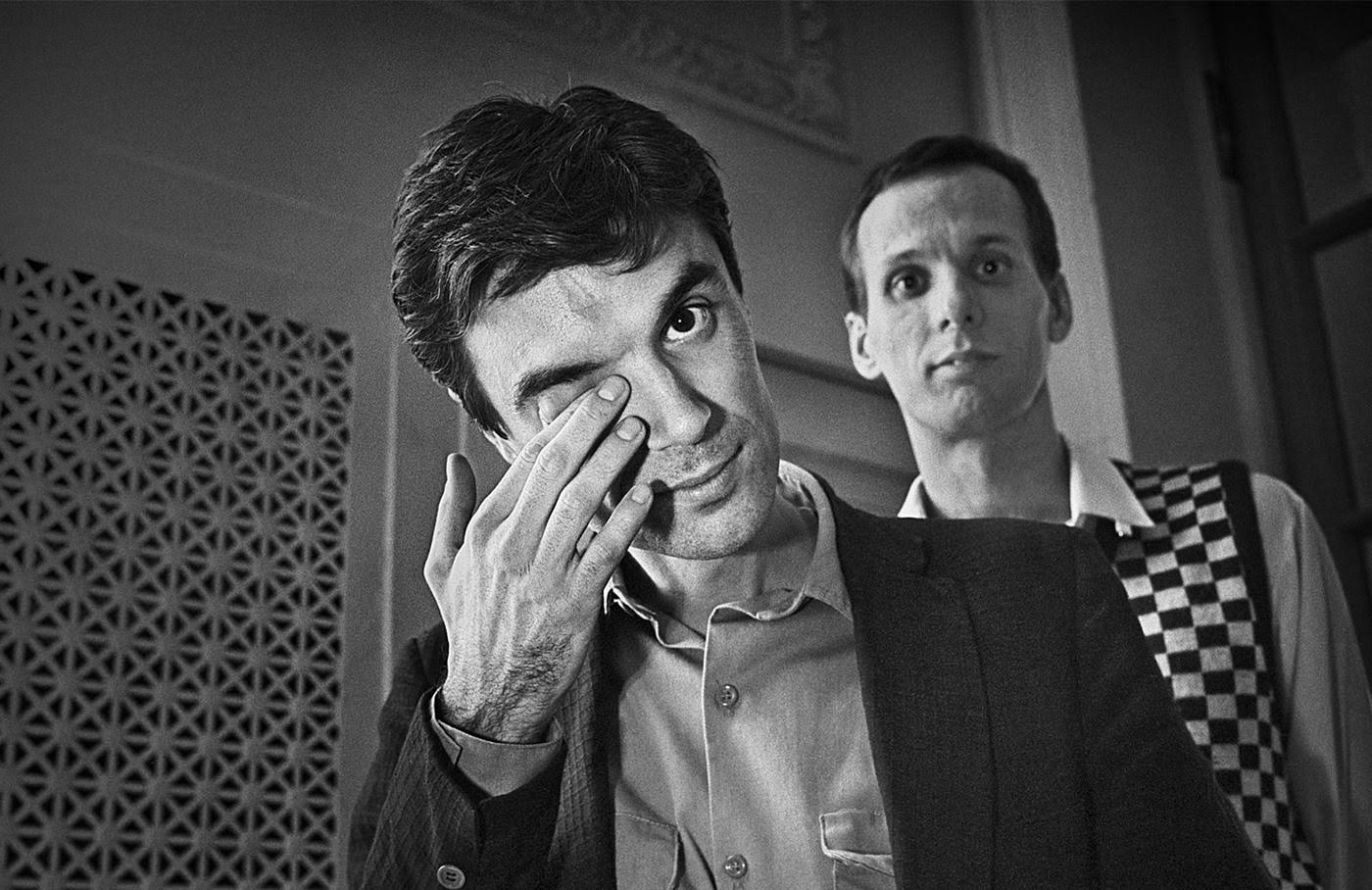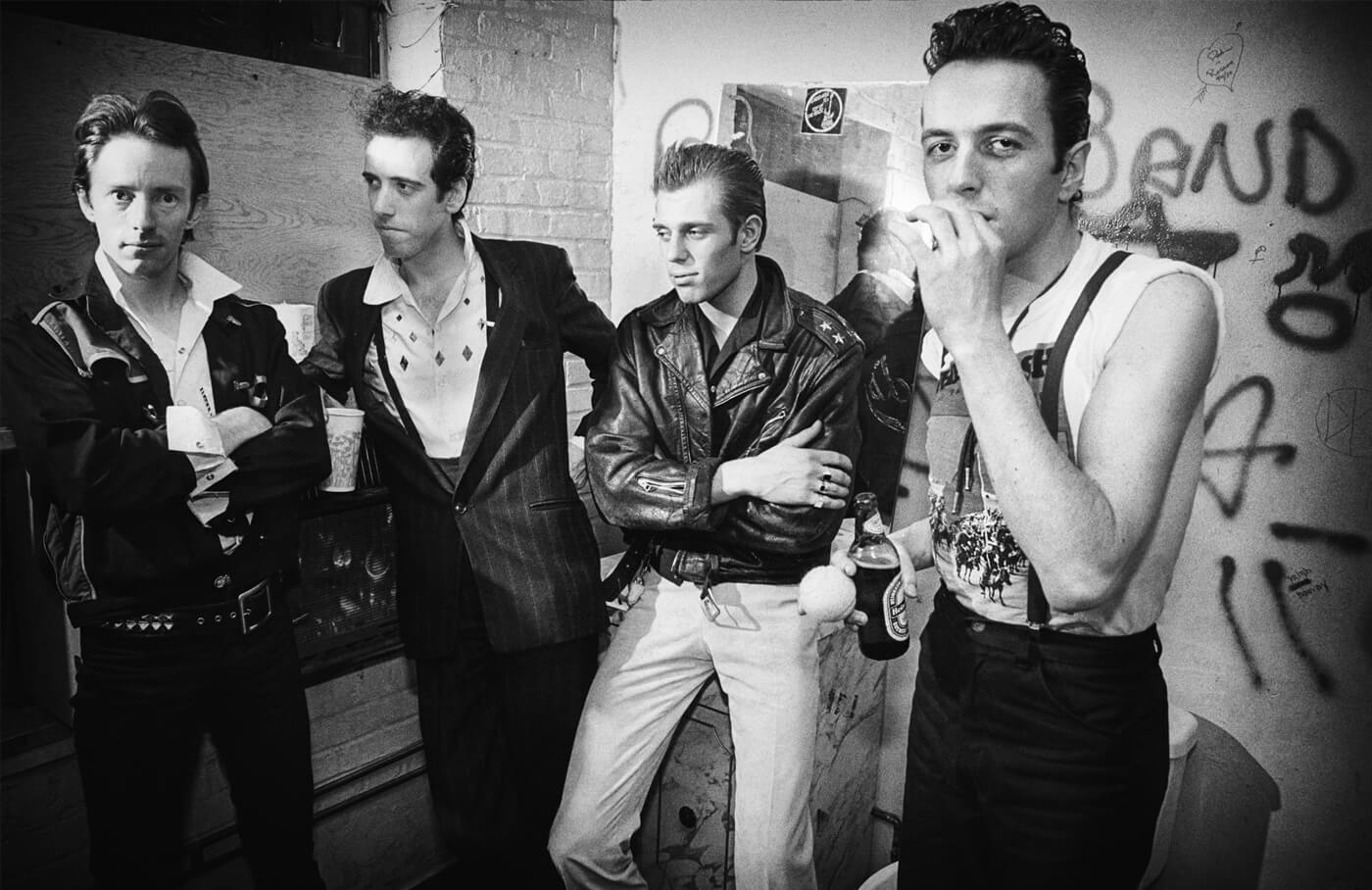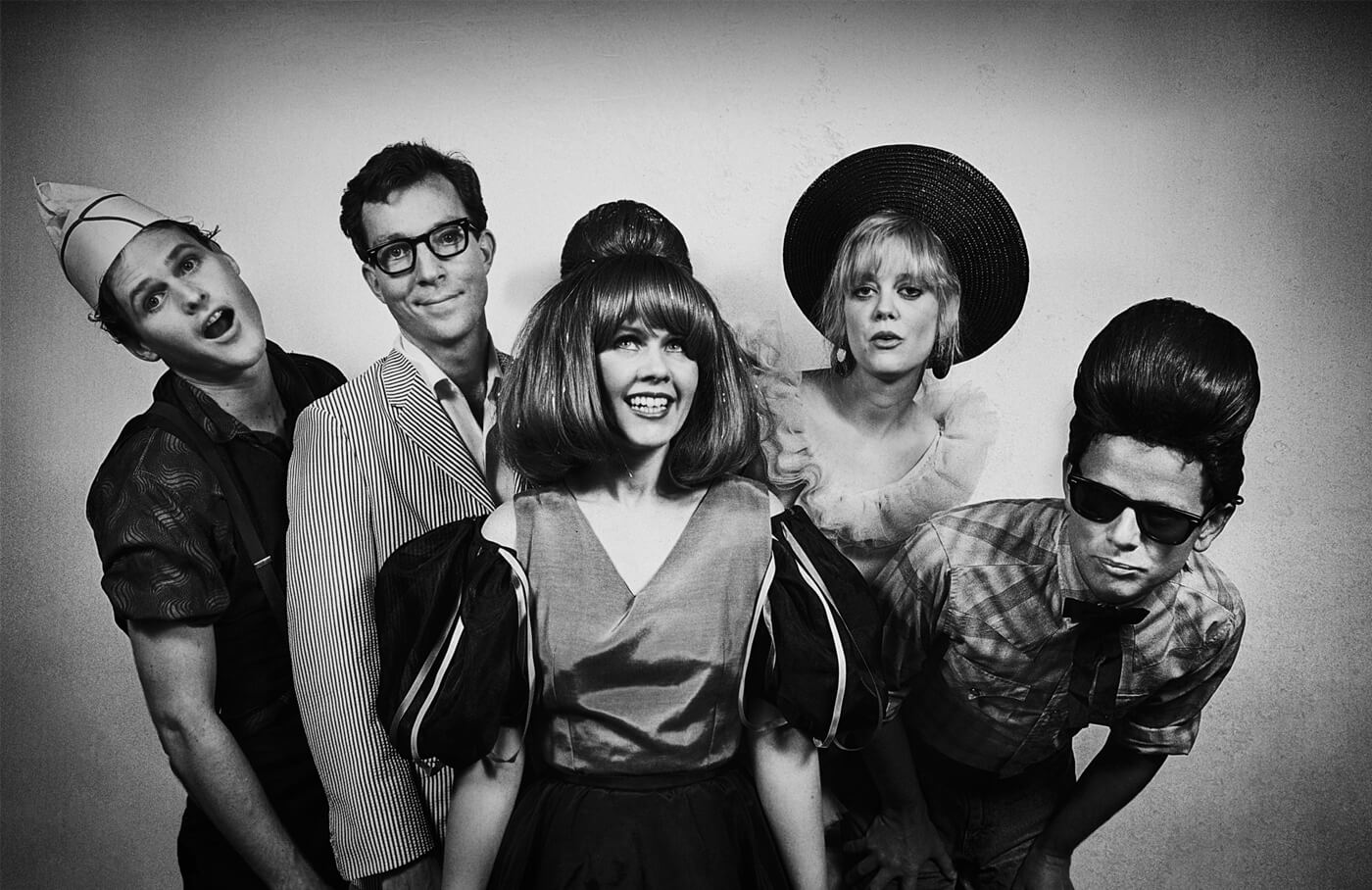Punk rock and new wave are intrinsically linked. Where one ends, the other begins. In fact, there was a moment when the two terms were used nearly interchangeably. This is due in large part to the fact that a lot of artists were one then the other, both at once, or something in between.

Talking Heads
If we’re going to talk about bands that blurred that punk rock/new wave line, we have to start with Talking Heads. They hit the stage in 1975, opening for the Ramones at CBGB and earning some serious punk rock cred right off the bat. Over the next few years, they became an integral part of the scene, releasing albums and gaining a dedicated following. However, they never quite fit in with their contemporaries—their music was a little too polished, a little too clever, a little too artsy to feel like pure punk. So, when music executive Seymour Stein introduced the term new wave in a bid to get Talking Heads more airplay (learn more about that story here), it stuck. And proliferated. More and more bands were labeled “new wave”, and the genre started to solidify, becoming more distinct and less synonymous with punk rock. While Talking Heads were at the forefront of new wave innovation, they never much cared for fitting into boxes. They continued making music however they liked, without thought for either genre, and thus became icons of both.

The Clash
Obviously, the Clash were about as punk rock as it gets. They burst onto the scene in 1976, and quickly became a phenomenon, taking the UK by storm and dragging the whole punk genre along for the ride. Their radical left-wing lyrics and electric energy set the music world on fire, and soon they were being billed as “The Only Band That Matters”. But their music wasn’t only and always punk rock. They drew inspiration from a range of genres—reggae, R&B, ska, rockabilly, dub—and it shows, especially in their later work. In fact, their last two albums, Combat Rock (1982) and Cut the Crap (1985) fall squarely into the new wave camp with their catchy melodies and bright, synthy instrumentation. Yes, the Clash were punk rock royalty, but we can’t discount the contributions they made to new wave without doing them a serious disservice.

The B-52’s
Campy, absurd, and ingeniously innovative, the B-52’s were a paragon of new wave sensibility. They were kitschy but clever—never trite, and they shot to stardom with the release of their first single, “Rock Lobster”, in 1978. They continued to gain popularity throughout the 80s, producing several albums and making frequent appearances on the Billboard charts. Now, you may be wondering why we’re discussing them here in an article about genre overlap when they seem so clearly new wave, but it’s not quite that simple. Whereas the Clash were punk rock legends with new wave cachet, the B-52’s were new wave icons with punk rock roots. They formed in 1976, at the height of the punk rock era, cut their teeth performing at CBGB like so many punk rock greats, and clearly latched onto the punk rock ethos of unabashed authenticity. They were never afraid to show the world exactly who they were, no matter what anyone else thought. What could be more punk rock than that?

If you’re interested in punk rock, new wave, and the artists who embodied both, check out Michael Grecco’s punk rock photography book, Punk, Post Punk, New Wave: Onstage, Backstage, and In Your Face, or browse his impressive catalog of punk rock prints. Order a few of your favorites to spice up your decor!